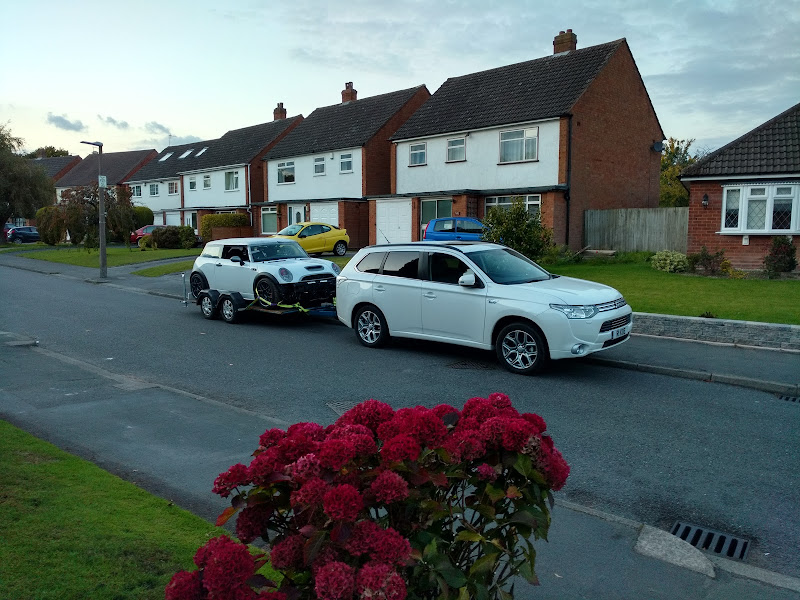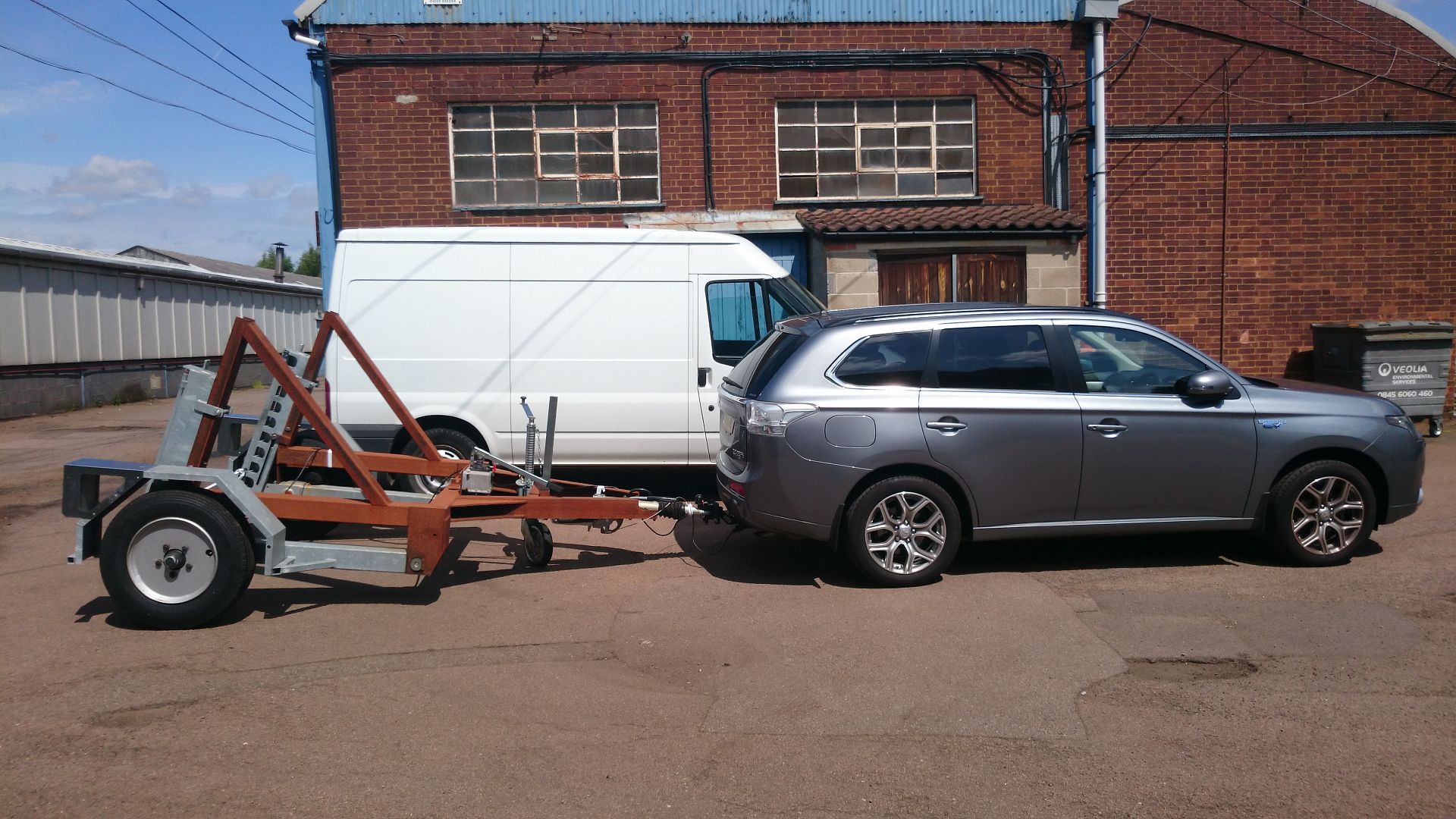Vpctv said:I have a jayco flamingo camper trailer that i have just started towing with it has a GVM of 1400kg and towball weight of 140kgs. Driving in charge mode on relatively flat highway and speed of 80_90km/hr the engine cannot maintain or increase the SOC. It just keeps dropping.
..
Is the battery pretty full when you press charge mode?
I guess running in parallel mode there is not much power available for the generator as the revs are not that high at that speed.
It should really drop back into serial mode at some point.
Haven't towed with mine yet, I have a small 1 ton van, hoped it would be ok, however, going to cross the Nullabor next month and will stick to my Nissan Patrol for that job.





































